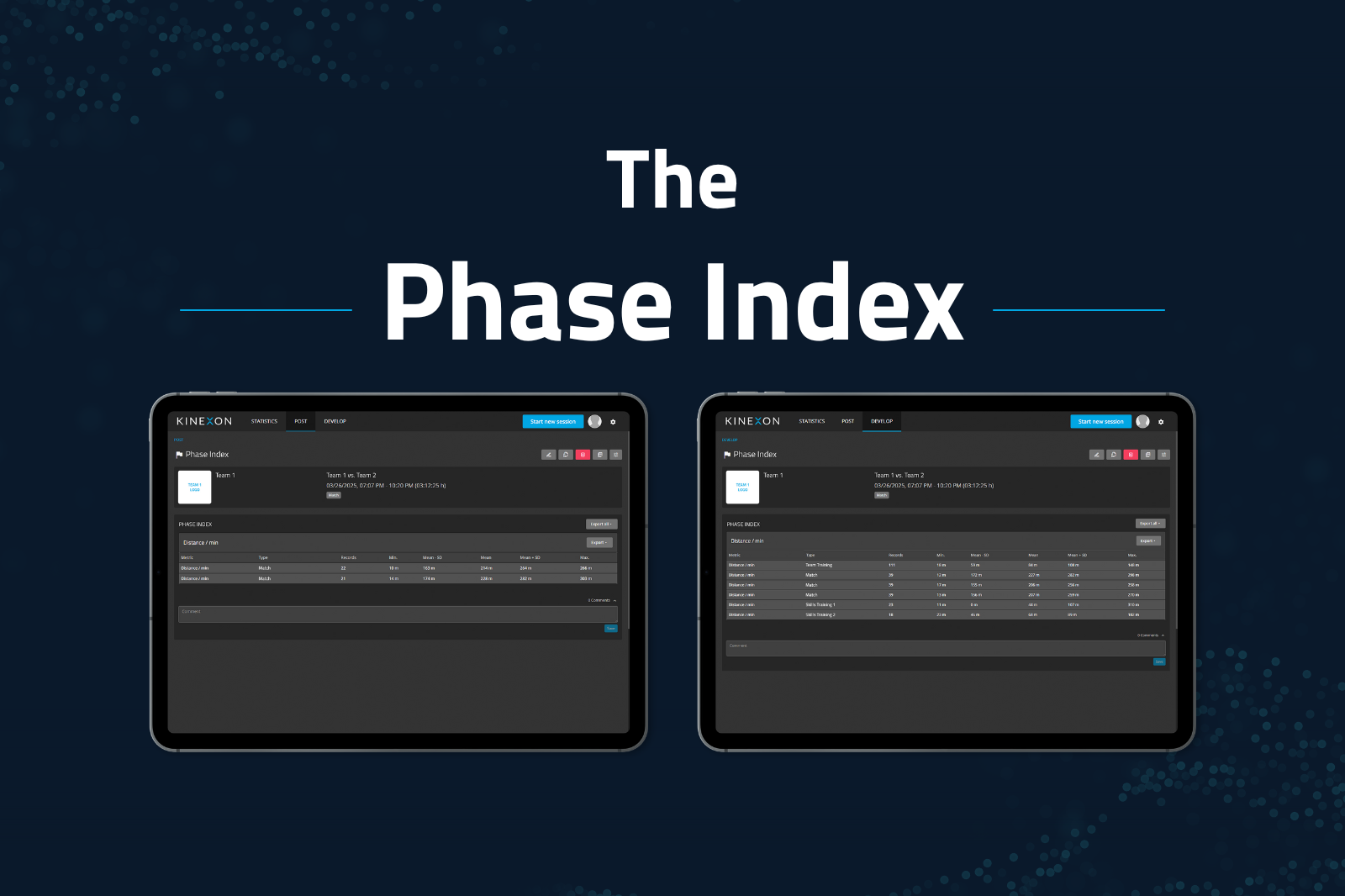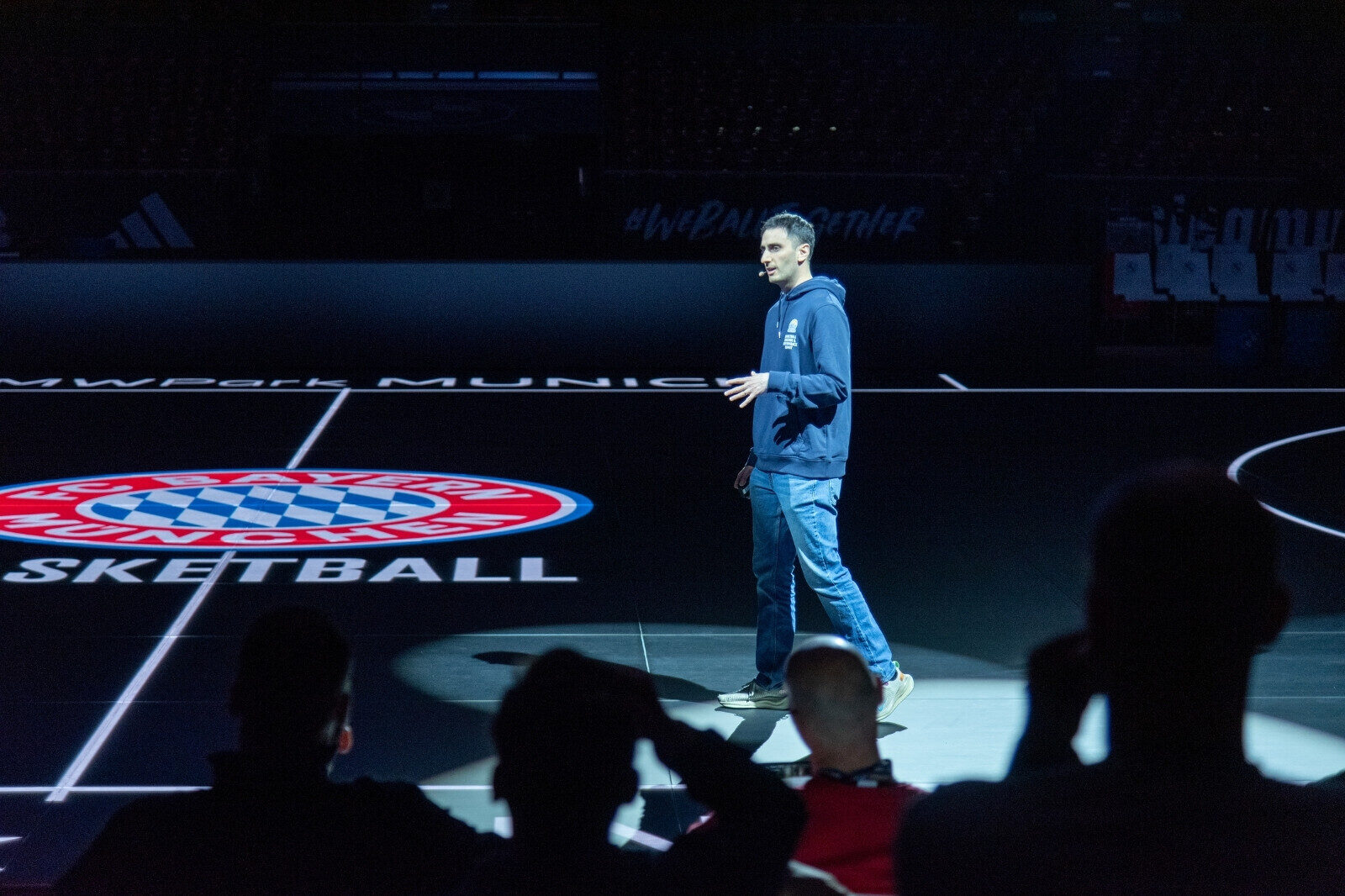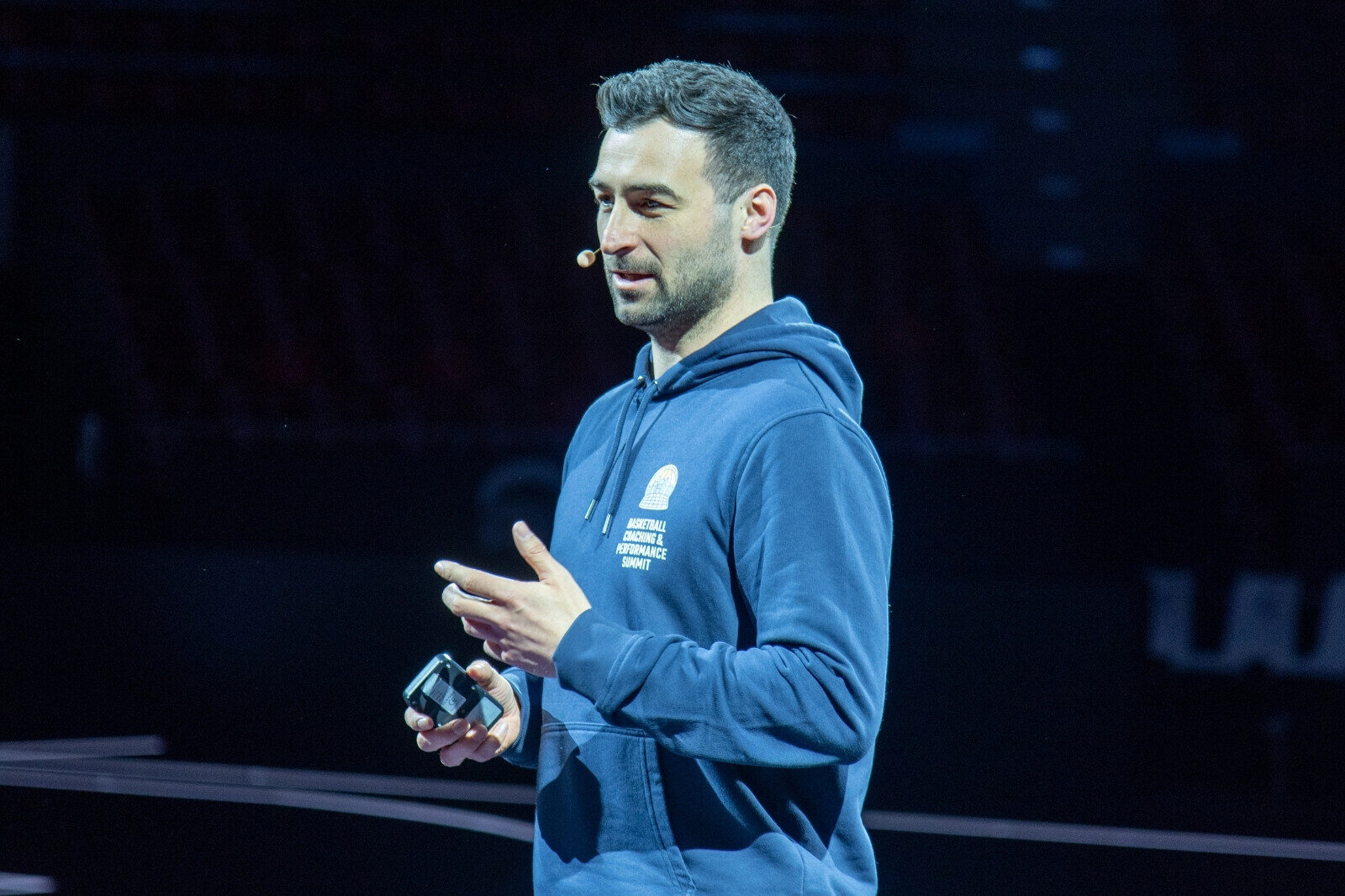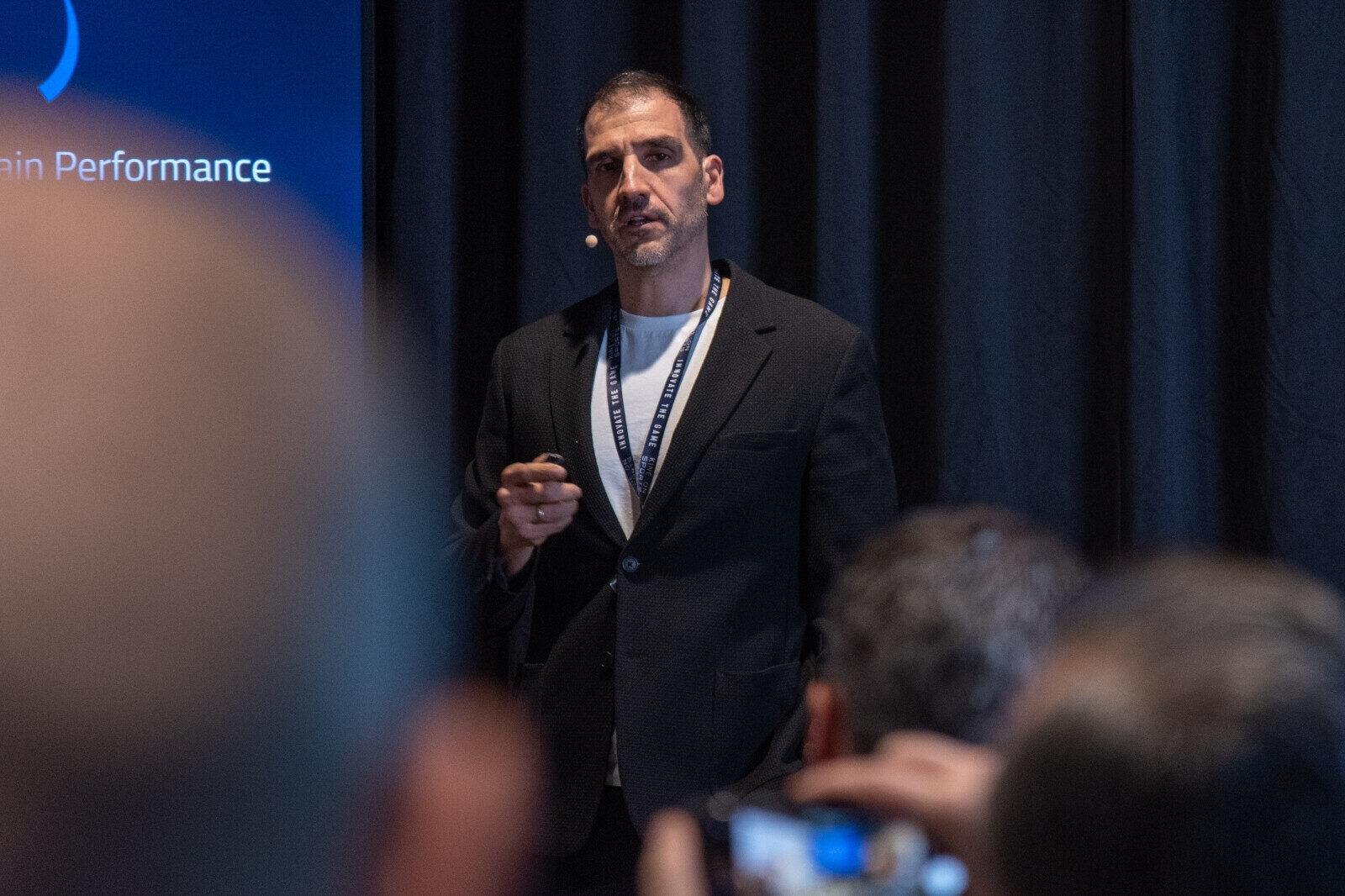Why Integrating Football Match Data with Sports Performance Training is So Important
In football (or soccer, as it’s known in some parts of the world), coaches are constantly seeking innovative ways to enhance player performance. One powerful approach that’s gaining traction is the integration of match data with sports performance training metrics that are GPS-based.
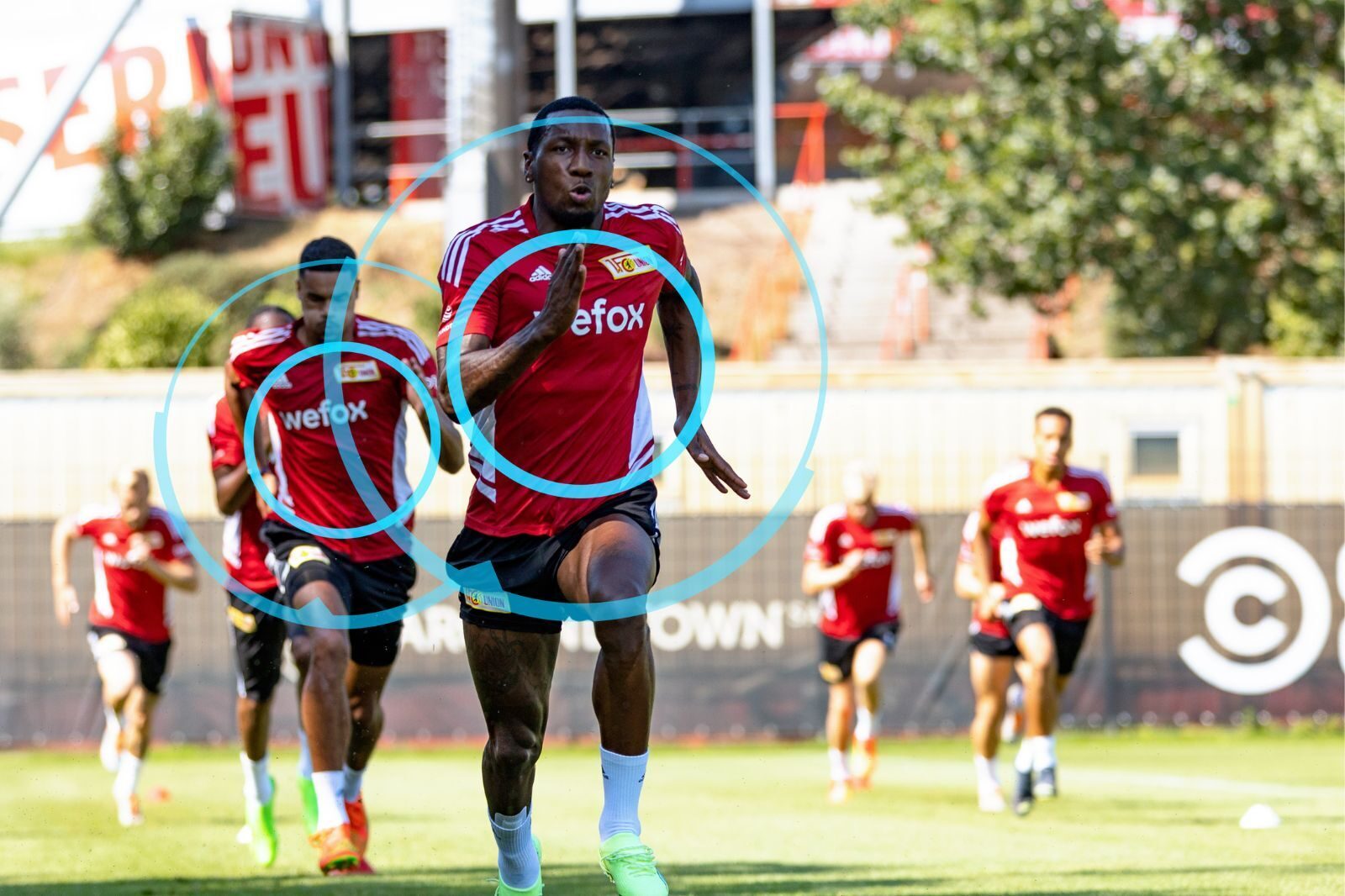
The integration of football match data with GPS-based training metrics is one of the newer trends in the game.
Why? Coaches often find it challenging to reconcile the differences between practice sessions and actual matches, particularly when using identical thresholds, metrics, and definitions.
GPS-based sports performance training data provides insights into physical performance but can lack context. By combining these two data sources, coaches can fill in the gaps.
Why Merge Match Data and GPS Metrics?

Merging the data allows coaches to make more-informed decisions about player and workload strategies.
1. Tracking Player Movement: GPS devices worn by players during training sessions capture critical metrics such as distance covered, speed, acceleration, and deceleration. When integrated with match data, coaches can compare these metrics to actual game performance. Are players covering similar distances during matches? Are they maintaining optimal speeds? These insights help tailor training regimens to mirror real-game scenarios.
2. Tactical Analysis: Match data provides a wealth of tactical information — passing accuracy, shot locations, defensive actions, and more. By overlaying this data with GPS metrics, coaches can identify patterns. For instance, does a player tend to sprint more during high-pressure situations? Does a midfielder cover more ground than expected? Tactical adjustments can then be made based on these findings.
3. Load Management: Player workload is a critical factor in preventing injuries and optimizing performance. GPS data reveals the physical demands placed on players during training sessions. By comparing this load to match intensity, coaches can fine-tune training schedules. Overworked players can be given adequate rest, while underperforming players can focus on specific areas.
Start managing the workload of men’s and women’s football players.
Integration Leads to Insights for Coaches
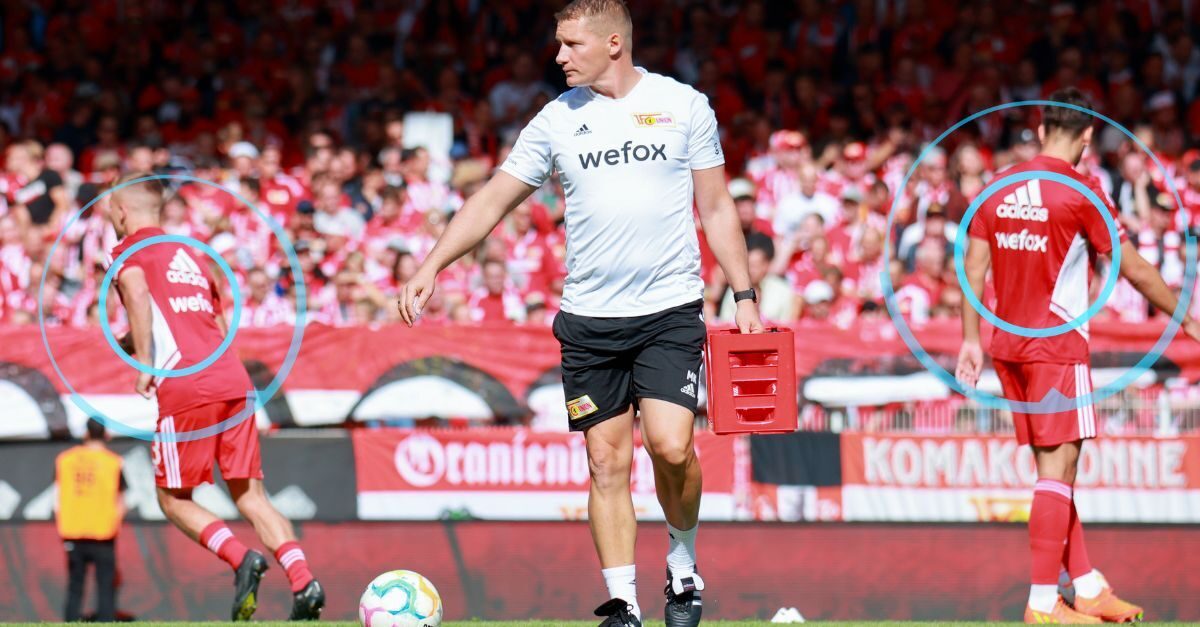
Merging the data also offers coaches actionable insights during and after games, such as:
- How players cope with different levels of intensity, workload, and fatigue.
- How players perform in different zones, phases, and scenarios of the game.
- How players execute and adapt to different tactical adjustments, roles, and tasks.
- How players compare their peers, opponents, and benchmarks.
Data-Based Actions Coaches Can Take
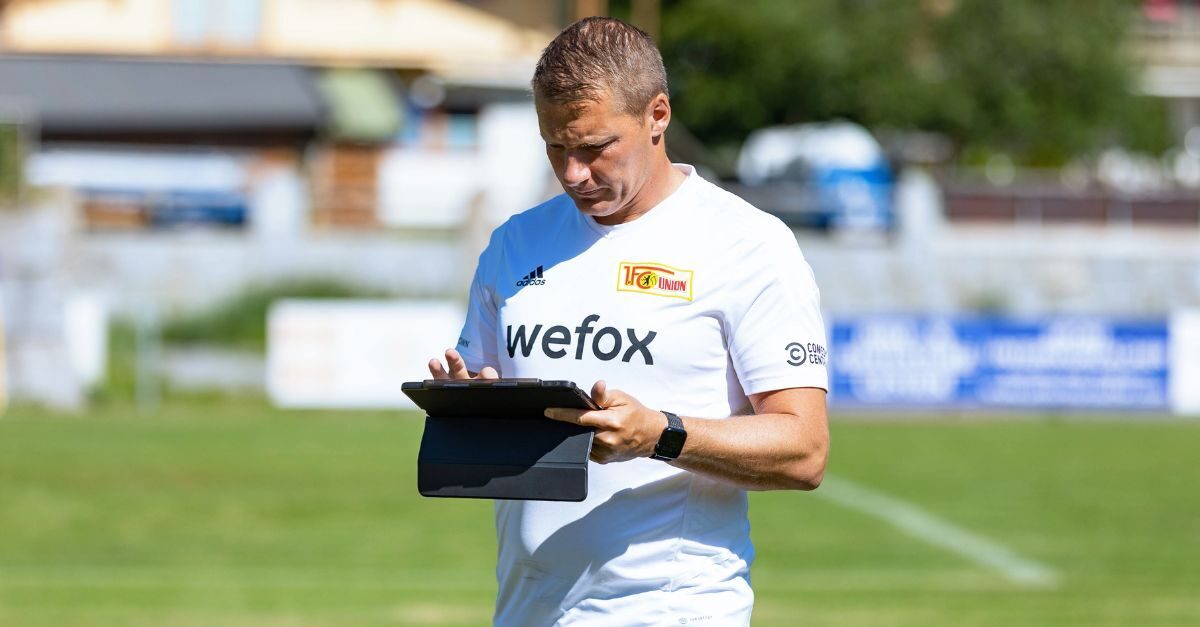
Training sessions can now serve as laboratories for refining skills and tactics.
1. Individualized Training Plans: Integrating data allows coaches to tailor training plans to individual players. Some may need more endurance work, while others require speed drills. By understanding each player’s unique demands, coaches can optimize their development.
2. Injury Prevention: GPS metrics highlight workload spikes and fatigue patterns. Coaches can proactively manage player loads, reducing the risk of injuries. Early detection of fatigue-related issues allows for timely interventions.
3. Better Strategies: Match data combined with GPS metrics reveals better strategies. Coaches can analyze player positioning, movement off the ball, and pressing intensity. Adjustments can be made to exploit opponents’ weaknesses.
Data Integration is Already Happening

As technology continues to evolve, coaches who embrace this fusion will stay ahead of the curve. Remember, it’s not just about numbers — it’s about translating data into actionable insights on the pitch.
KINEXON’s LEAGUE DATA X‑SIGHTS is the first tool that merges GPS-based training data with official German Bundesliga match data, enabling analysis both in real-time and post-session.
With LEAGUE DATA X‑SIGHTS, coaches can customize their data analysis and visualization according to their specific needs and preferences. They can also easily share their findings and feedback with their players and staff.
If you’d like to learn more about merging match data with GPS training data, contact us at any time. Or to get a better understanding of the work KINEXON Sports is doing with the German Bundesliga, check out our case study which explains how Union Berlin is using football analytics to drastically reduce injuries.

